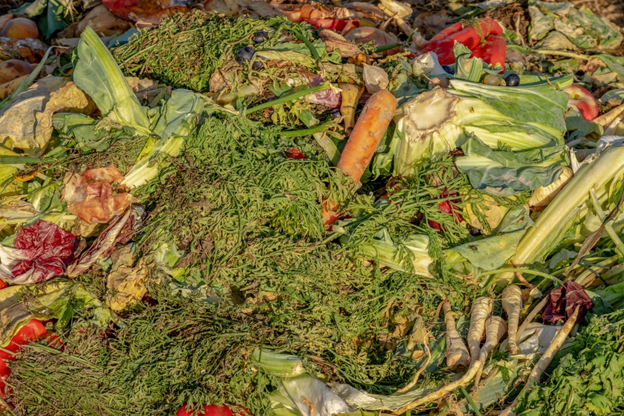Food Waste Reduction for Businesses: What You Need to Know

We have a serious waste problem in the United States. We use things only as long as they appeal to us, then break them and throw them away to rot in dumpsters where they can’t be used by anyone else. This applies to everything from electronics to food.
Every year, we waste 108 billion pounds of food. That amounts to around 40% of all the food we purchase and produce. All of it, thrown into the garbage. Businesses, especially restaurants, must do their part to help reduce this food waste.
So, what waste reduction methods can a business use to avoid wasting food that may yet serve a purpose? Here’s what you need to know.
Understand the Difference Between “Use By” and “Best By” Dates
The first way that you can help solve the waste problem is by understanding the difference between “use by” and “best by” dates. A “best by” date means that the food might not taste optimal, but is safe to eat. A “use by” date, however, indicates that the food is no longer safe for consumption.
Find New Uses for Food Waste
The next step in waste reduction is to find new uses for your food waste. For some restaurants, this comes into play by using peels, rinds, and other “undesirable” ingredients in stews and other dishes.
You can also use a food shredder to create compost or try to make bio gas to help power your business or grow new plants. Either way, you’re giving your food waste new life.
Buy Food That Usually Gets Trashed
Trying to figure out how to reduce waste in your supply chain? Consider buying food that usually gets trashed by distribution companies. Unsightly produce and tougher cuts of meat tend to end up in the trash can unless someone else buys them. This can prevent viable food from wasting away in a landfill.
Train Employees on Waste Reduction
It’s important that your staff is all on the same page when it comes to reducing company food waste. Make sure you provide pamphlets and links to company resources that give your employees information about the waste problem in the United States.
Store Your Food Effectively
Lastly, if you want to make your business environmentally friendly and cut down on food waste during the logistics process, make sure all your food storage measures are up-to-date. Using inefficient coolers and non-climate-controlled trucks can hamper the shelf life of your food orders.
Even if you don’t run a restaurant, consider updating the fridge in the break room. If it’s not keeping things cold enough, people can and will trash their food out of fear for their safety.
How to Reduce Waste at a Business Level
So, what can you do for food waste reduction at a business level? First and foremost, make sure you’re not tossing out food that you can still use. Second, try to find new uses for food that you would otherwise throw away. Last, make sure to resolve any inefficiencies in your supply chain.
Following these steps can help your company make an impact on the waste problem. However, if you’d like more tips to make your business more environmentally friendly, check out the Health or Tech sections of our blog today.








